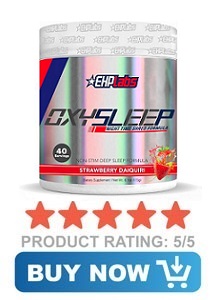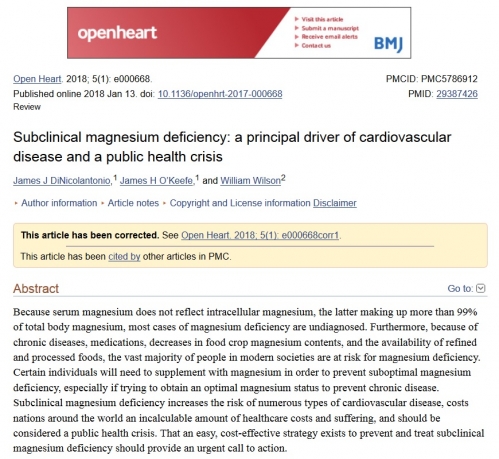Oxysleep Review
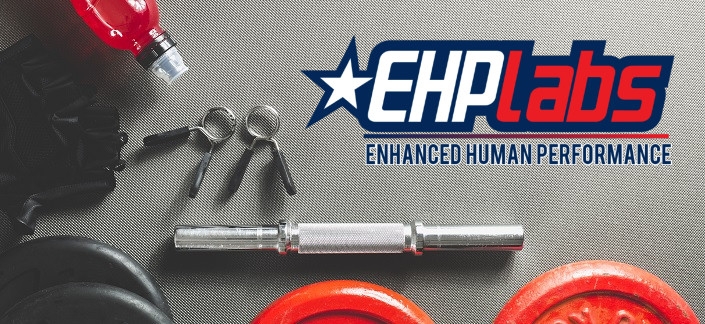
EHP Labs know how to put together marketable products that sell—big time. Established in 2012 in Salt Lake City, Utah, this brand has broken popularity records in the fitness and bodybuilding industries.
Oxyshred is one of EHP Labs most renowned products, designed to assist with weight loss—click here for a complete Oxyshred Review. However, that’s not all EHP Labs have up their sleeve. They have a range of protein powders, intra-workouts, pre-workouts, amino acids and Oxysleep, a thermogenic night time formulation.
What is OxySleep, Really?
Oxysleep is a powdered herbal and nutritional formula that promotes quality sleep and fat-burning—at the same time. This puts a new spin on thermogenics, as most are loaded with caffeine and other stimulants that can actually interfere with the natural sleep process.
And that’s because when it comes to fat burning, stimulants work. That coffee you’re holding in your hand right now (if not, it was worth a shot) or those shredding formulas loaded with stimulants don’t just make us feel awake and alert.
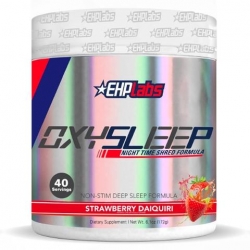 They help to keep us keep lean by reducing food intake and increasing energy expenditure (1). Caffeine is a well-known appetite suppressant. So can a fat-burner really work if it doesn’t contain caffeine or stimulants of any kind?
They help to keep us keep lean by reducing food intake and increasing energy expenditure (1). Caffeine is a well-known appetite suppressant. So can a fat-burner really work if it doesn’t contain caffeine or stimulants of any kind?
Fat Burning: Beyond Stimulants
When it comes to fat burner supplements, most people think they need to be loaded with caffeine and other stimulants. However, there are plenty of natural herbs, foods and nutrients that promote fat loss.
Oxysleep contains a proprietary blend of thermogenic ingredients, including L-theanine, green tea extract, CLA, raspberry ketones, African wild mango seed extract and chromium picolinate.
One of these ingredients comes from a small tree called Camellia sinensis. A range of teas are made from this plant, including black tea, oolong tea, white tea and green tea.
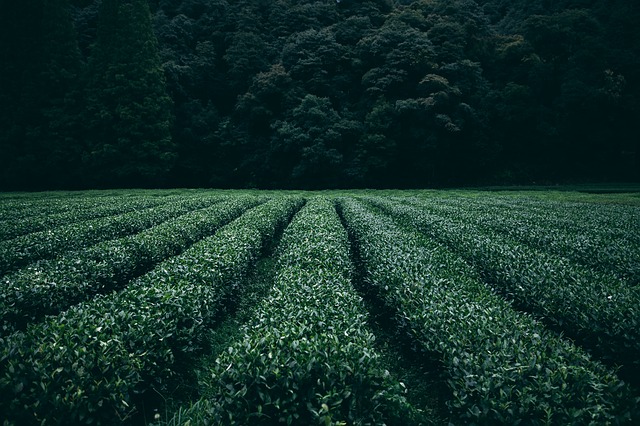
Green Tea Plantation
The Camellia sinensis plant naturally contains caffeine, just like cacao (cocoa), kola nut, coffee and yerba mate. Most people assume—quite understandably—that it’s the caffeine in Green Tea that makes it effective for weight loss.
However, researchers actually showed back at the break of the new millennium that green tea promotes thermogenesis more than can be explained by its caffeine content (2).
In 2009, The Journal of Nutrition showed that Green Tea Catechins increase the amount of abdominal fat that we burn off when exercising (3). Few would complain. Catechins are a group of natural antioxidants found in Green Tea.
The first 2 ingredients in Oxysleep’s the proprietary blend of “Non-Stim Thermogenic Boosters” are Green Tea and L-theanine. L-Theanine is a specialised amino acid naturally found in Green Tea.
Though L-Theanine’s link to weight loss is theoretical at best, it does promote alpha brain waves and a state of mental relaxation (4).
One clinical study showed discovered that self-reported sleep improved in L-theanine users that were suffering with anxiety (5).
Oxysleep also contains a range of other fat-burners, including Conjugated Linoleic Acid (CLA), Raspberry Ketones, African Mango Seed Extract and Chromium Picolinate.
How do you Sleep?
There is little more refreshing than waking up after a solid night of sleep. And that’s deep sleep. The stuff that literally renews and restores vitality.
About 30% of the population experience regular sleep disruption. Another 10% experience these same sleep disturbances to the point that it creates daytime dysfunction, which can be diagnosed as insomnia (6).
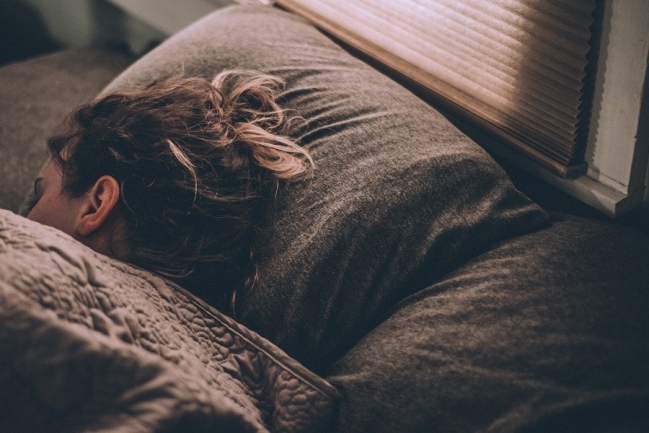
So there’s nearly a 1 in 2 chance that you are experiencing some kind of regular sleep disruption, which is not cool.
Apart from the fact that poor sleeping habits make it hard to enjoy the day ahead, they can also impact our body composition and fitness level. Research is pointing towards sleep quality and quantity as important contributors to weight control (7).
Oxysleep contains a range of sleep supportive ingredients, such as Magnesium, 5-HTP and a blend of relaxing herbs. These ingredients are designed to synergistically support each other in ensuring that your sleep is as restful as it can possibly be.
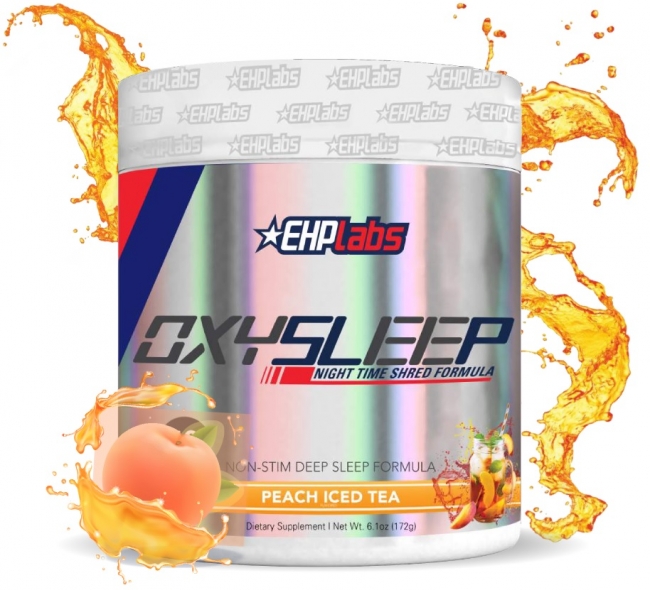
The 5-HTP & Melatonin Connection
5-Hydroxytryptophan, commonly referred to as 5-HTP, is an activated for of the essential amino acid tryptophan. Tryptophan is an interesting amino acid, in that its sole job in the body is to support B3 synthesis, picolinate for nutrient absorption and serotonin production.
Serotonin plays an important role in the brain, despite the fact that most of it is located in the digestive tract. When the sun goes down in the evening, the pineal gland in the brain begins to convert more serotonin into melatonin.
Melatonin causes fatigue and sleepiness, contributing to a good night’s sleep. A lot of other important roles have been discovered for Melatonin, including an antioxidant and detoxifying role in the brain (8). This hormone also Factors that may interfere with melatonin production are not enough light exposure during the day (wearing sunglasses often or staying indoors) and too much light exposure at night.

Of course, if we don’t have enough serotonin in our system, melatonin production will suffer. This is why 5-HTP can be a great addition to any sleep formulation, particularly in Australia, where Melatonin is banned for retail sale.
Herbal Hypnotics
In the field of herbal medicine, a hypnotic or soporific herb is one that induces drowsiness and sleepiness. Valerian root is a classic example of a well-known hypnotic herb. After all, this is where the original molecule for the anti-anxiety drug valium was found.
Lemon Balm is referred to as a mild sedative, as is Chamomile and Passionflower. These herbs typically offer anti-anxiety effects as well, making it easier to reap the benefits of deep and restful sleep, including the infamous rapid eye movement stage.
Magnesium Deficiency in Australia?
It may be hard to imagine that deficiencies of essential nutrients can still happen in this day and age in Western countries. It’s even harder to imagine a magnesium deficiency when our blood tests come back showing our serum levels are within the normal reference range!
Well, it’s time to cast aside imagination and look at the cold hard scientific facts of the situation. But if you’re still skeptical, that’s cool. No judgment here.
Open Heart published an article in 2018 stating “ … most cases of magnesium deficiency are undiagnosed”. They go on to state that 99% of magnesium found within the body is located inside the cell. Not in serum. And guess where it is most often tested in Australia?
Though proper research into nutrient deficiencies is sorely lacking in Australia, a paper published back in 1991 indicated that 50% of men and 39% of women consume less than the RDI for magnesium (9).
According to more recent research from the World Health Organization, the average magnesium intake in North American adults and adolescents is well below the minimum required level, as are many countries around the world, including Canada and South Africa.
So magnesium deficiency is actually a global issue, likely affecting the lives of billions.
Magnesium: The Anti-Anxiety Mineral
So odds are the magnesium in Oxy sleep will assist you in optimising your tissue levels of this important mineral. And this is a good thing when it comes to mental and emotional health and quality sleep.
Magnesium is called a GABA agonist and NMDA antagonist (10). Essentially, it has a calming effect in the brain, supports melatonin synthesis and promotes quality sleep.
 Clinical trials have also indicated that this mineral has an anti-anxiety effect in anxiety prone individuals (11). So if anxiety is contributing to poor quality sleep, this is your mineral.
Clinical trials have also indicated that this mineral has an anti-anxiety effect in anxiety prone individuals (11). So if anxiety is contributing to poor quality sleep, this is your mineral.
When it comes to a nutrient that has around 350 uses in the human body … let’s just say this could be a long article!
Another important use for magnesium is in supporting the effects of insulin (12). This can assist with the management of insulin resistance, which contributes to type II diabetes and obesity and overweight in some people.
Oxysleep Results
Here is a list of results that you may experience when taking oxysleep consistently over an extended period of time:
- Better Sleep Quality and Quantity
- Improved Energy, Focus and Mood
- Increased Lean Mass
- Decreased Fat Mass
- Improved Recovery Time
- Reduced Stress and Anxiety Level
Oxysleep Flavours
Oxysleep comes in 3 flavours: Fuji Appple, Peach Tea and Strawberry Daiquiri flavour. Each serving is 1 scoop (4.6 grams), with each tub containing 40 serves.
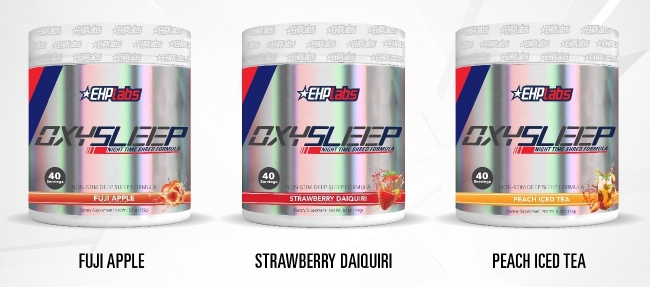
When Should I take Oxysleep?
Mix 1 scoop of Oxy sleep with 250ml cold water. Consume 15 minutes before going to bed. Be sure not to drive a car or operate heavy machinery after consuming oxysleep.
Depending on your individual sensitivity level, you may feel tired immediately after taking a serve. So it is best to be ready for sleep after taking a dose.
Conclusion
Oxysleep contains an impressive range of herbs and nutrients to gently promote fat-burning and healthy sleep patterns. Despite the fact that many of the ingredient dosages are not disclosed due to a proprietary listing, you may still find it worthwhile product.
EHP Labs have included ingredients that are supported by scientific research, such as 5-HTP and Green Tea. It would be great to see this mega sports nutrition company indicate that their lab is using standardised herbs, which essentially discloses the grade of the herb.
However, Oxysleep may still pack enough punch to make a difference when it comes to thermogenesis, and quality and quantity of sleep, which we all know can be the difference between a great day and a mediocre one.
References
Header Image Background Designed by FreePik




